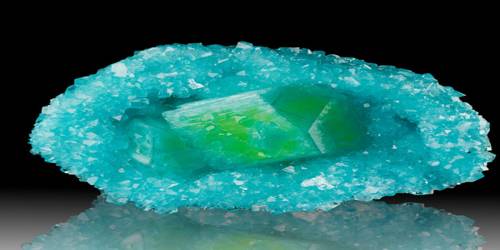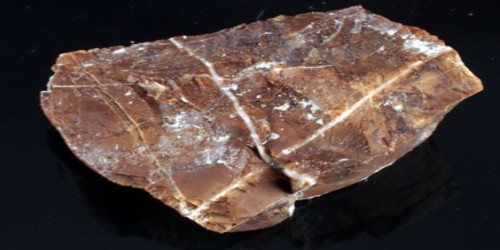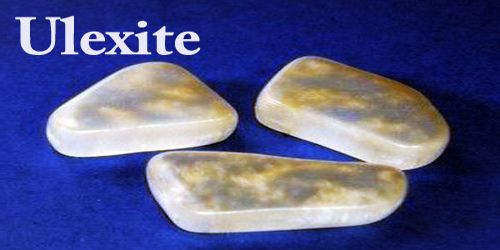Boussingaultite is a rare sulfate mineral of the chemical formula: (NH4)2Mg(SO4)26(H2O). The formula of boussingaultite is that of Tutton’s salts type. It is consisting of a crystallized magnesium ammonium sulfate first found in boric-acid fumaroles of Tuscany, Italy
The mineral is named after the French chemist Jean-Baptiste Boussingault (1802–1887).
General Information
- Category: Sulfate mineral
- Formula: (NH4)2Mg(SO4)26(H2O)
- Crystal system: Monoclinic
- Crystal class: Prismatic (2/m) (same H-M symbol).

Properties
- Formula mass: 360.60 g/mol
- Color: Colorless, yellow pink, light yellow, pink; colorless in transmitted light
- Cleavage: {201} perfect (synthetic)
- Mohs scale hardness: 2
- Luster: Vitreous (glassy), silky
- Streak: White
- Diaphaneity: Transparent to translucent
- Specific gravity: 1.73
- Density: 1.7 g/cm3
Occurrence
It is a rare sublimate formed under fumarolic conditions. It was originally described from geothermal fields in Tuscany, Italy, where it occurs together with its iron analogue mohrite, but is more commonly found on burning coal dumps. The mineral possesses monoclinic symmetry and forms clear, often rounded crystals.
Information Source:
















